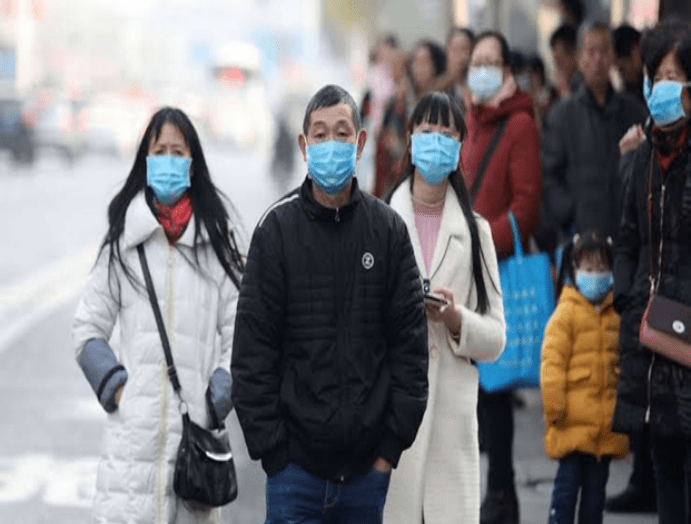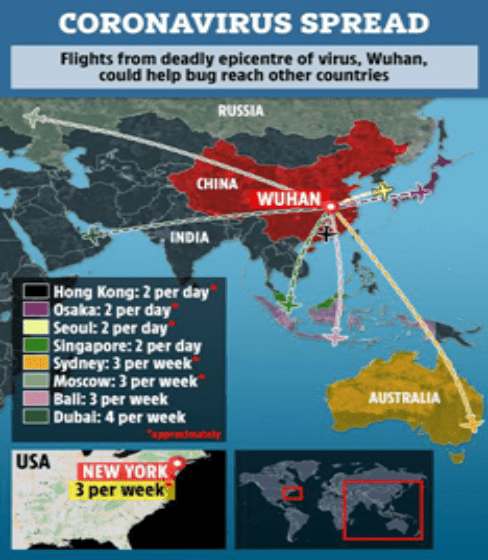National Health Commission of China on Wednesday confirmed death of nine people due to a new coronavirus and 440 people across 13 Chinese provinces had been declared infected and warned that the still-unidentified virus could mutate.
The number of cases due to the infection, known by its technical name as 2019 Novel Coronavirus (2019-nCoV), is constantly rising and is currently greater than the total of more than 300 reported earlier.
The coronavirus has landed on U.S. soil through an infected man who returned to the U.S. last week from China. The man was diagnosed with the new and potentially deadly strain of coronavirus, which is responsible for 9 deaths in Central China as of recent reports. The outbreak, which has infected more than 200 people in China, is believed to have originated in the Wuhan area, likely at a food market. The man in question is in his 30s and is in good condition at a hospital in Everett, outside Seattle, according to the Centres for Disease Control and Prevention.
The illness is said to be transmitted via the respiratory tract and there “is the possibility of viral mutation and further spread of the disease,” National Health Commission vice minister Li Bin said at a news conference in Beijing.

The World Health Organization (WHO) is holding an emergency meeting on to determine whether to declare a rare global public health emergency over the disease, which has also been confirmed in the United States, Taiwan, Thailand, Japan and South Korea.
What exactly is Coronavirus and what are its symptoms ?
Coronaviruses are a group of virus that cause respiratory infections – diseases ranging from the common cold to SARS (severe acute respiratory syndrome) and MERS (Middle East respiratory syndrome). This is the seventh known to infect humans.
SARS first infected people in southern China in late 2002 and spread to more than two dozen countries, killing nearly 800. The Chinese government initially tried to conceal the severity of the SARS epidemic, but its cover-up was exposed by a high-ranking physician.
The virus causing the current outbreak is different from those previously identified, Chinese scientists said earlier this month. Initial symptoms of the novel coronavirus are mainly fever, health officials said, with some experiencing coughing, tightness of the chest and shortness of breath. Scans on some patients have shown fluid in the lungs consistent with viral pneumonia.
According to posts on the Weibo social media platform, people are sharing prevention advice such as wearing masks and washing hands, eating lightly and avoiding crowded places. Others said they had cancelled their New Year travel plans.
On 10 January, WHO published a range of interim guidance for all countries on how they can prepare for this virus, including how to monitor for sick people, test samples, treat patients, control infection in health centres, maintain the right supplies, and communicate with the public about this new virus.
Based on currently available information, WHO does not recommend any restriction of travel or trade. Countries are encouraged to continue strengthening their preparedness for health emergencies in line with the International Health Regulations (2005).Standard recommendations to prevent infection spread include regular hand washing, covering mouth and nose when coughing and sneezing, thoroughly cooking meat and eggs. Avoid close contact with anyone showing symptoms of respiratory illness such as coughing and sneezing.





